2. Onomatopoeia: use of a word whose sound in some degree imitates or suggests its meaning.
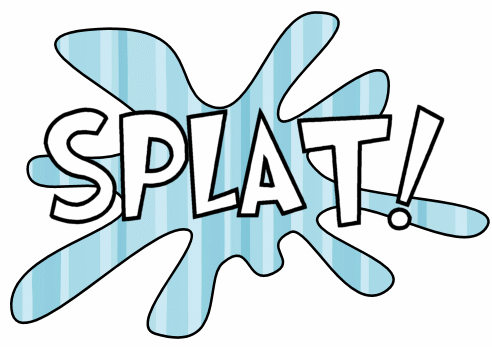
3. Oxymoron: a figure of speech in which two contradicting words or phrases are combined to produce a rhetorical effect by means of a concise paradox.
4. Pacing: rate of movement; tempo.
5. Parable: a story designed to convey some religious principle, moral lesson, or general truth.
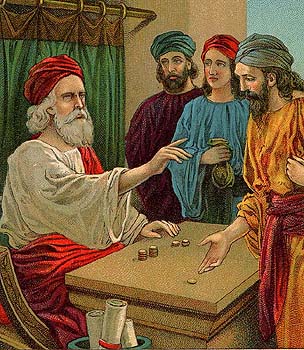
6. Paradox: a statement apparently self-contradictory or absurd but really containing a possibe truth; an opinion contrary to generally accepted ideas.
7. Parallelism: the principle in sentence structure that states elements of equal functions should have equal form.
8. Parody: an imitation of mimicking of a composition or of the style of a well-known artist.
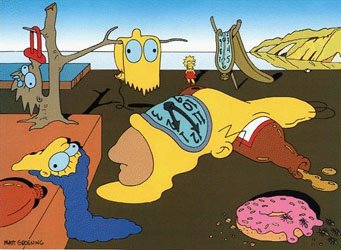
9. Pathos: the ability in literature to call forth feelings of pity, compassion, and/or sadness.
10. Pedantry: a display of learning for its own sake.
11. Personification: a figure of speech attributing human qualities to inanimate objects or abstract ideas.
12. Plot: a plan or scheme to accomplish a purpose.

13. Poignant: eliciting sorrow or sentiment.

14. Point of View: the attitude unifying any oral or written argumentation; in description, the physcial point from which the observer views what he is describing.

15. Postmodernism: literature characterized by experimentation, irony, nontradictional forms, multiple meanings, playfulness and blurred boundary between real and imaginary.
16. Prose: the ordinary form of spoken and written language; language that does not have a regular rhymen pattern.
17. Protagonist: the central character in a work of fiction; opposes antagonist.

19. Purpose: the intended result wished by an author.

20. Realism: writing about the ordinary aspects of life in a straightforward manner to reflect life as it actually is.

21. Refrain: a phrase or verse recurring at intervals in a poem or song; chorus.
22. Requiem: any chant, dirge, hymn, or musical service for the dead.
23. Resolution: point in a literary work at which the chief dramatic complication is worked out; denouement.
24. Restatement: idea repeated for emphasis.
25. Rhetoric: use of language, both writeen and verbal in order to persuade.






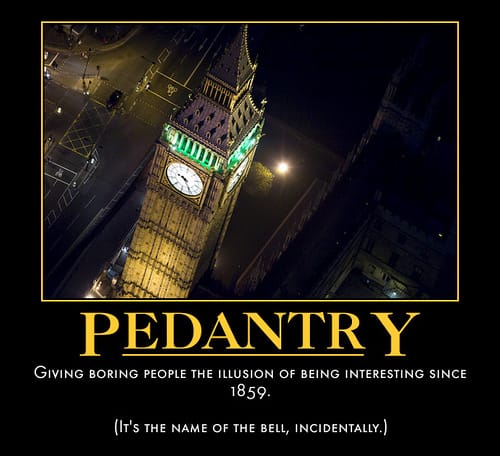


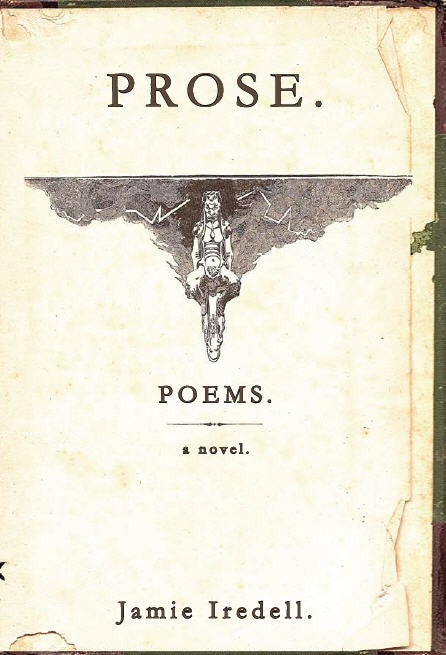

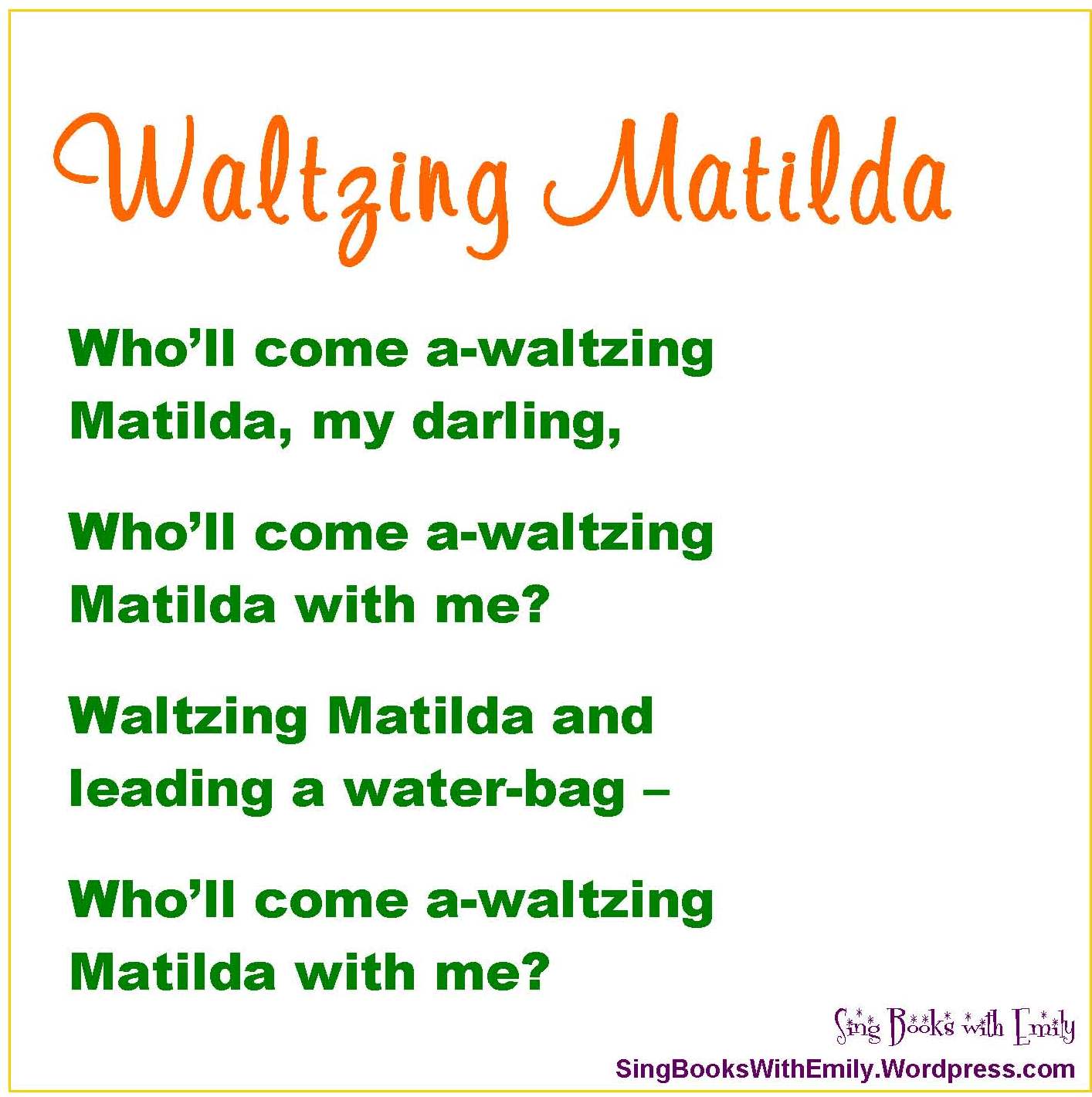



Great job on the Lit terms 83-108. I look forward to seeing more from you.
ReplyDelete